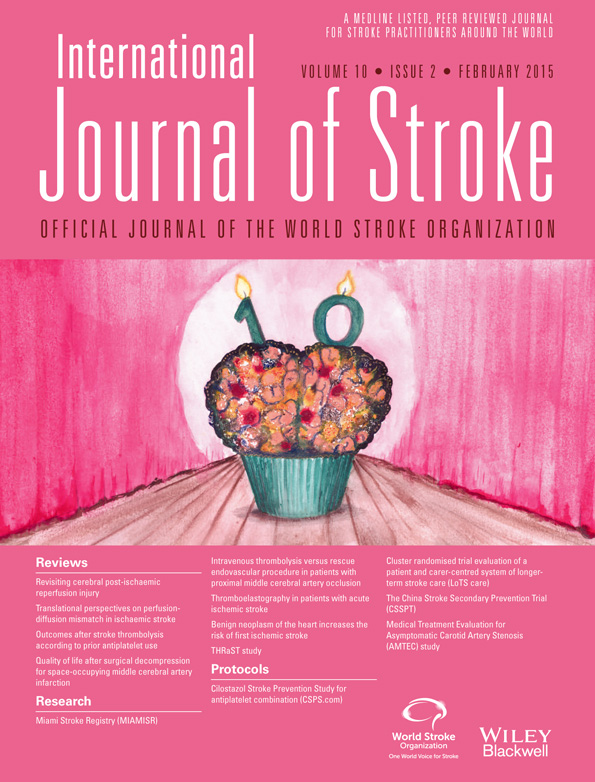The burden of stroke in México
Abstract
Regrettably, stroke has been scarcely studied in México, and the available data suffer from great variability in diagnostic testing, risk factor definitions, and poor generalizability. The current cumulative incidence of stroke in Mexico is 232·2 per 100 000, whereas prevalence among people aged 60 years or older is 18·2 per 1000.
Hypertension and diabetes are the main risk factors. Ischemic stroke is the most frequent sub-type. Stroke mortality has been increasing during last years, and 30-day case fatality rate doubles at one-year follow-up. A remarkable finding of a hospital-based registry was that most of ischemic stroke cases are of undetermined etiology and even when a quarter of patients arrive on time for thrombolysis, less than 1% received this management.




